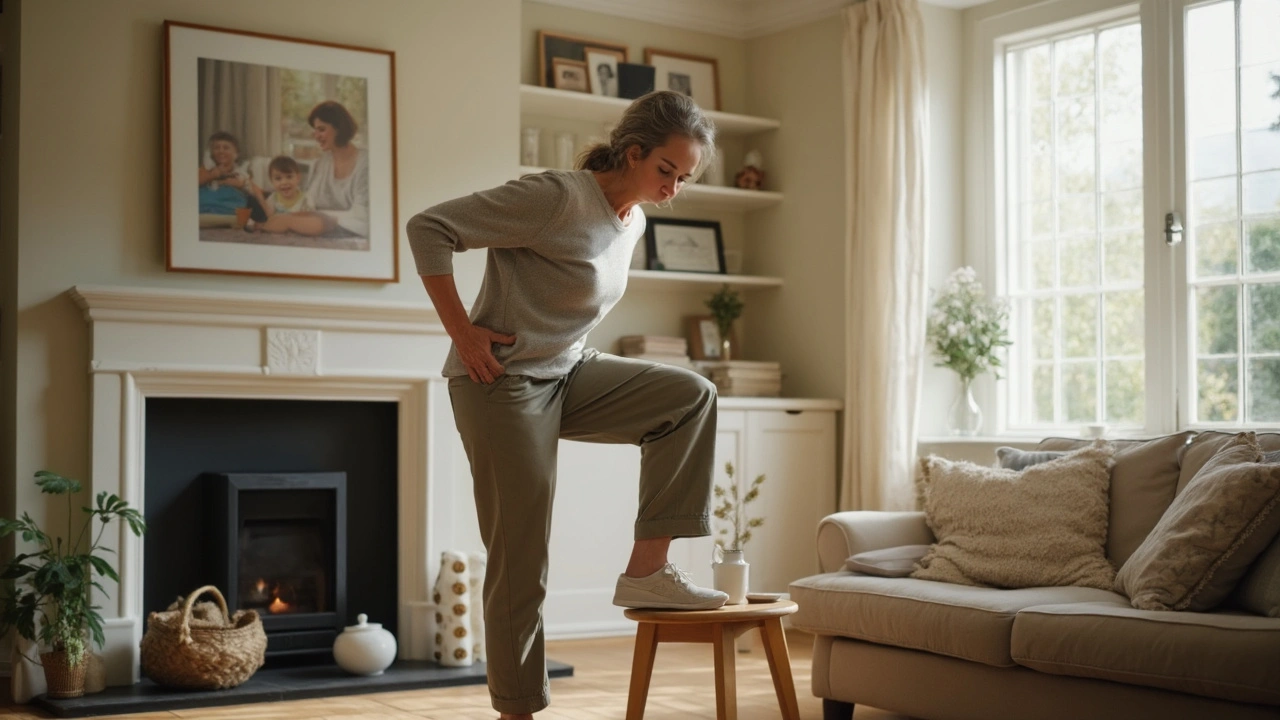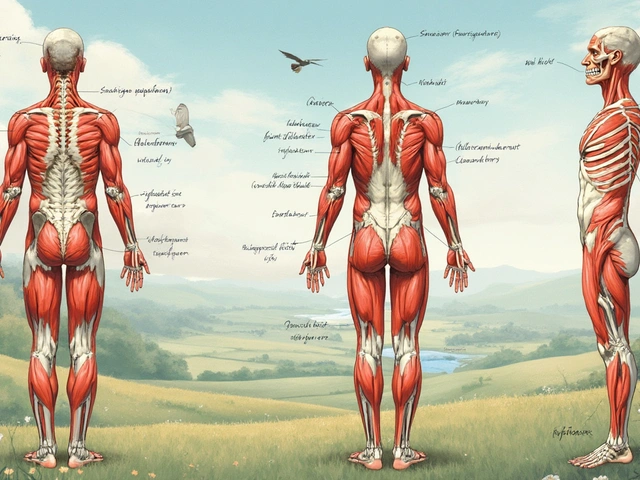Rapid recovery: fast, safe ways to bounce back
If you want to recover faster after exercise, injury, or a long day at work, the right bodywork plus smart habits makes a big difference. This page gathers practical, tested methods from massage and movement therapies you can use today.
First, focus on movement and rest. Gentle movement boosts blood flow and speeds healing without stressing tissues. Methods like Feldenkrais and Hellerwork teach mindful, low-load movement to restore range and reduce pain while you rebuild strength.
Targeted release works. Trigger point massage and cupping can loosen tight spots and reduce pain quickly. Use short sessions, warm-up the area, then apply focused pressure or suction for a few minutes. Stay within pain limits and follow with gentle stretching.
Hands-on sessions matter. Therapies such as Rolfing, Ortho-Bionomy, and Amma massage focus on alignment and functional movement. These approaches can cut recovery time by improving posture, easing chronic tension, and making daily movement less painful.
Use heat and contrast to speed healing. Warm stone massage relaxes muscles and improves circulation. Alternating warm and cool therapies—like hot stones followed by a cool compress—can reduce swelling and stiffness after intense workouts.
Work on nervous system balance. Polarity therapy and breathing practices calm the nervous system and lower pain sensitivity. Try slow diaphragmatic breaths for five minutes before or after bodywork to amplify results.
At-home steps that help right away
Hydrate and eat protein-rich meals to support tissue repair. Add a light walk or gentle movement session the day after heavy exercise to avoid stiffness. Use simple acupressure points for quick relief: press the base of the skull for neck tension, or the web between thumb and index finger for headaches.
Self-massage tools are useful. A massage ball or foam roller can break up knots between sessions. Roll slowly and pause on tender spots for 30 to 60 seconds, then move to the next area. Don’t overdo it—short, regular sessions beat long, painful ones.
Choosing professional care
Pick a therapist trained in the method you need. If alignment is your issue, look for a Rolfer or Hellerwork practitioner. For chronic pain, try Ortho-Bionomy or gentle approaches like palliative touch. For sports recovery, a mix of trigger point work, stones, and targeted deep tissue can work well.
Be clear about goals at your first session. Tell the therapist about pain patterns, recent injuries, and what helps or hurts. Plan a short home routine with them—simple stretches, breathing, or acupressure—to keep gains between visits.
Start small, be consistent, and track progress. Rapid recovery is about smart choices more than quick fixes. Use these tips, match them to what you feel, and you’ll bounce back faster with less risk of setback.
Explore targeted articles here: read about trigger point and myofascial tips, Hellerwork for posture, Feldenkrais for movement, and warm stone or cupping for circulation. If you prefer tradition, check Hilot and Lomi Lomi pieces. These short reads show real steps to speed recovery and reduce downtime today and feel better.

Contractual Tendon Release: Fast Results, Real Relief
Contractual tendon release is making a real difference for those stuck with stiff joints and limited movement. This article breaks down what this procedure is, who really needs it, and how it gets you back on your feet faster than most old-school treatments. You'll see what to expect during and after surgery, plus tips to make your recovery as smooth as possible. I’ll also share some interesting quirks about tendon healing most people don’t know. If you’re dealing with tight, stubborn joints, this read might just change your game plan.
Categories
- Health and Wellness (148)
- Alternative Therapies (86)
- Massage Therapy (40)
- Travel and Culture (15)
- Beauty and Skincare (9)
- Holistic Health (8)
- Health and Fitness (5)
- Spirituality (5)
- Other (2)
- Personal Development (2)
Popular Articles



